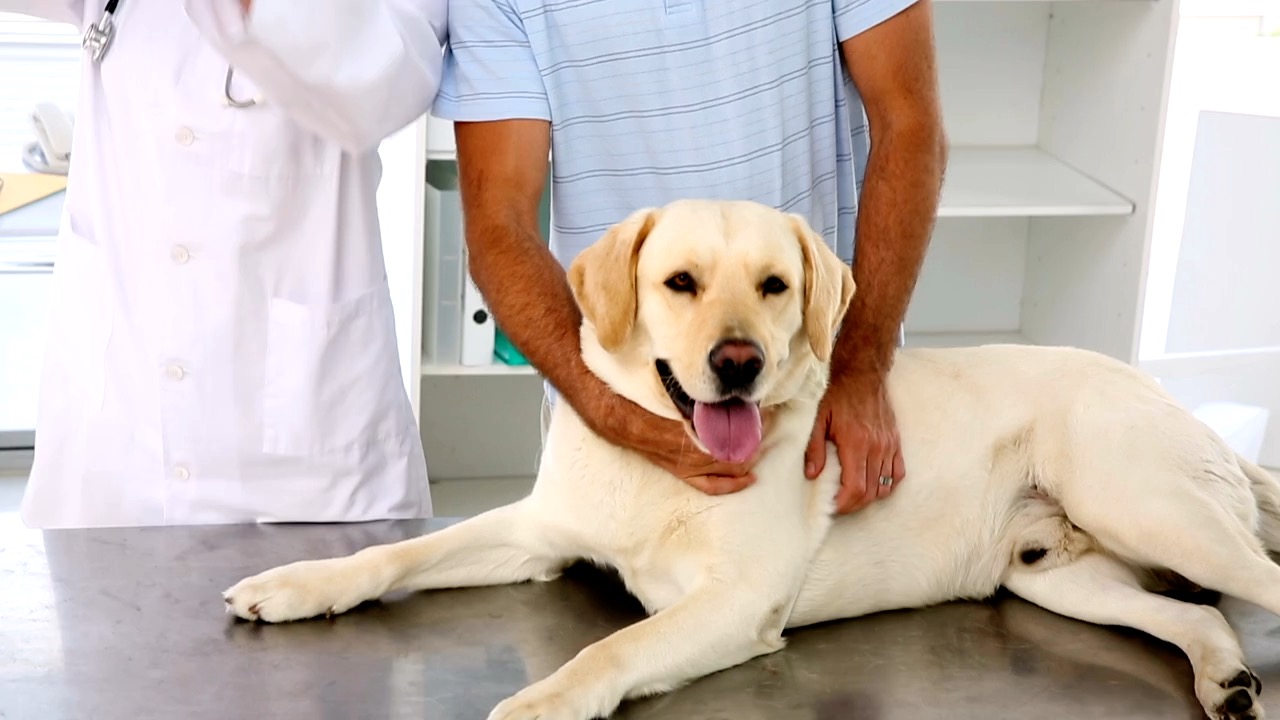Supporting Dog Calmness

Dogs experience a wide range of reactions to their environment and specific situations. Your dog’s nervous system triggers natural responses to the stimuli around them. Their body perceives information and automatically activates the nervous system based on their assessment of the situation.
Table of Contents
- The Canine Nervous System
- What Does a Calm Dog Look Like?
- Practices to Maintain Calmness
- Promoting Calmness for Optimal Canine Health
The way your dog reacts to their environment when they encounter everyday triggers plays a large part in their overall behavioral health. Supporting dog calmness through understanding the instincts and processes that lead to these responses can help you promote calmness across a variety of situations.
The Canine Nervous System
One of the primary systems that regulates your dog’s calmness is the autonomic nervous system. These neurons control unconscious body processes like digestion and the way the heart pumps. The autonomic nervous system also controls the fight-or-flight response. When a dog encounters a certain situation, its brain will automatically send a message through the nervous system to generate a body response. You can use this knowledge to support calmness and avoid triggers that activate your dog’s nervous system.
What Does a Calm Dog Look Like?
When your dog is at rest and their nervous system is promoting calmness, you’ll likely recognize several signs. Learning to read your dog’s body language can help you assess their calmness. Look for the following indicators in your dog’s posture and body language:
- Head: When your dog is calm, their head may be in an upright position or lowered with their chin on their paws. Your dog’s facial muscles may also appear relaxed.
- Ears: Calm ears may be upright or lying back against the head.
- Tail: A calm tail could be upright and wagging with a slow to moderate, rhythmic speed. It could also be drooped in the middle position. In a relaxed state, your dog may wag their tail when you make eye contact with them.
- Body: Your dog may sit or lie down when relaxed. They may also sit with one leg tucked under the other.
- Breathing: When calm, your dog’s breathing should be regular and slow.
Supporting Dog Calmness
Supporting dog calmness can be done through training and routines. Most dogs respond well when they know they have a safe space and that their well-being is not in danger. For optimal behavioral wellness that supports your dog’s health, consider these best practices:
- Crate training: Dogs are den animals by instinct. They naturally look for and desire a place to sleep, hide from danger and gather their family. Crate training helps your dog establish a crate as their den. It is a good idea to acclimate them to a crate slowly and associate the space with positive things like treats and praise. Adding soft blankets and toys to the crate can help your dog maintain calmness and find comfort in that space.
- Socialization: Between four and 14 weeks old, a dog encounters a sensitive socialization period. The dog learns about its environment during this time and forms positive and negative associations. The situations and stimuli your dog encounters at this age can influence their behavioral patterns as an adult. If your dog is a puppy, proper socialization can help them remain calm in a variety of situations. Adult dogs with incomplete socialization may benefit from guided training with a behavioral specialist or vet.
- Physical contact: Like humans, dogs find physical contact calming. Petting your dog or sitting near them may help to support calmness when certain triggers are present.
- Exercise: When your dog expends energy exercising, they are in the best position to remain calm throughout the day. This habit provides fitness benefits and prevents excess energy buildup.
- Routines: Establishing a pattern for your dog can help them understand what is coming. When a dog can predict when they will go outside, eat and play, they can feel more confident about their day. This understanding can help maintain calm each day, especially if the dog is alone.
- Safe spaces: In addition to a crate, your dog may benefit from designated safe areas. These provide a place for your dog to stay calm at any time. Like crate training, establishing a safe room with your dog takes time, but the effort is worthwhile when your dog can self-soothe in the face of nervous system triggers.
Promoting Calmness for Optimal Canine Health
Overall calmness provides ideal conditions for the systems in your dog’s body to carry out their functions. While some natural triggers are unavoidable, you can help support calmness and a high quality of life.
